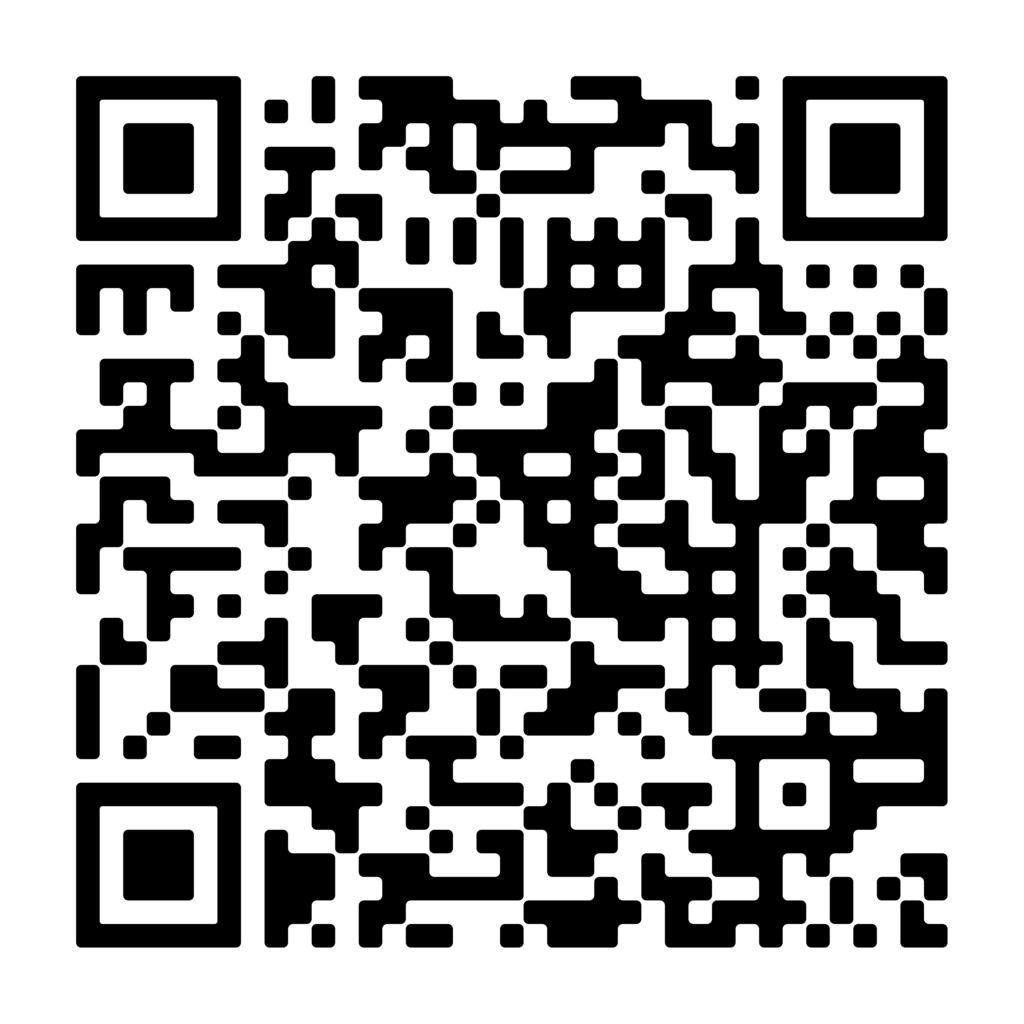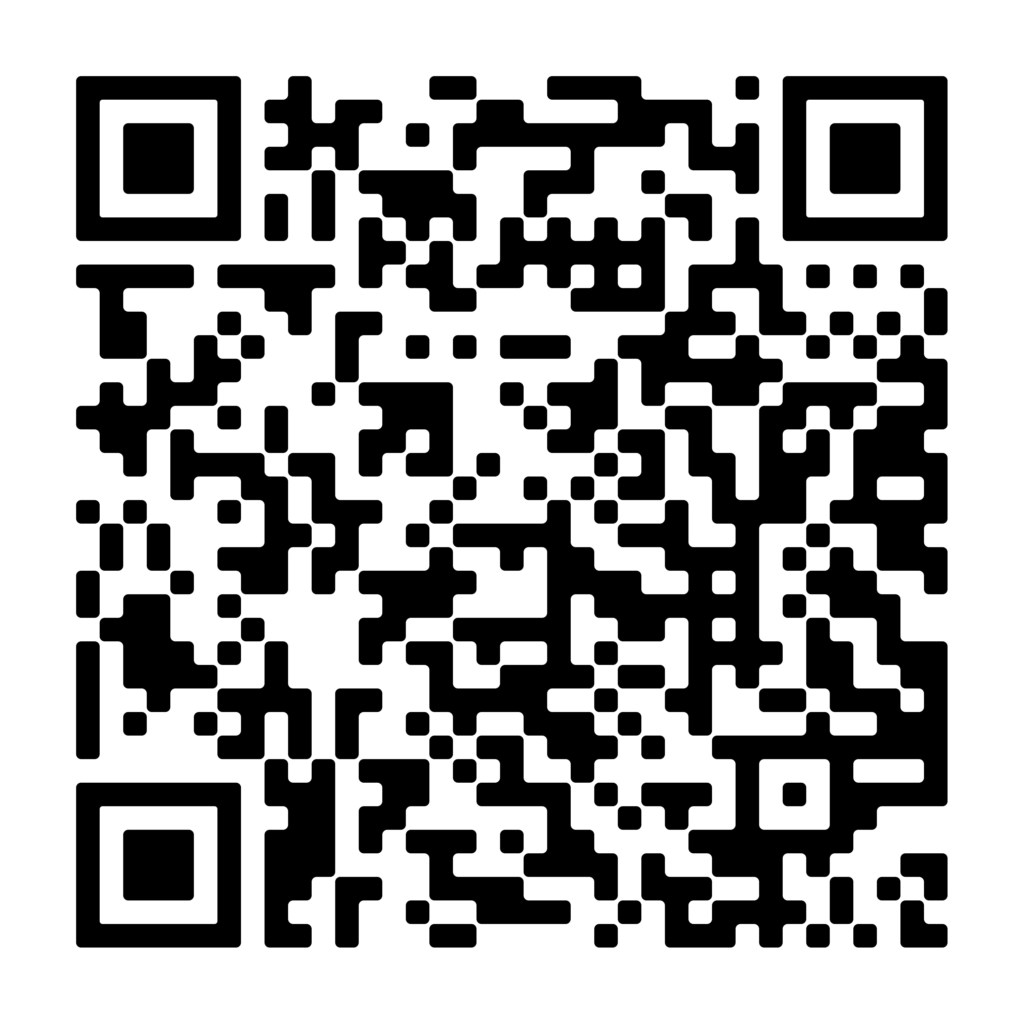As a continuation of the National Club Association’s (NCA’s) efforts to provide private club leaders with diversity, equity and inclusion (DEI) resources and insight to better lead and serve their clubs, NCA has worked with Heather Kim Degenhardt-Stifanic, a founder of the inclusion and diversity-focused nonprofit, IIICONIC, to offer her insight. Degenhardt has provided NCA and clubs with critical information via an informative DEI webcast, insight on NCA’s DEI survey, an in-depth interview in the winter issue of Club Director, and most recently, a presentation at the 2021 National Club Conference and the IIICONIC Blueprint for Diversity, Equity and Inclusion. In this new article, Degenhardt discusses the new blueprint available to NCA members and important strategies to achieving a successful DEI culture at clubs.
It was a pleasure and honor to present the IIICONIC Blueprint for Diversity, Equity and Inclusion at the National Club Association’s 2021 National Club Conference at the Ocean Reef Club in Key Largo, Fla. As a longtime club and hospitality professional as well as a DEI advocate, the opportunity to talk about my passions in front of many of the industry’s top leaders has been a privilege.
This Blueprint complemented the Q & A section with NCA President & CEO Henry Wallmeyer and provides critical steps to addressing one of the most important issues impacting the country and clubs. During the session, Henry asked me some thought provoking questions that I would love to revisit in this article to expand and clarify how clubs can use the IIICONIC Blueprint to inspire their DEI playbook and change their future.
What is the Blueprint, where can clubs get it, and how do they use it?

The IIICONIC Blueprint is a curation of the experiences from my 25 years of service in the private club and hospitality industries. I was galvanized to create the Blueprint after my summer 2020 listening and learning conversations with diverse friends, mentors and trainers. I was transformed and inspired to help the industry. The IIICONIC Blueprint can be found on the NCA app and nationalclub.org website under the Insight tab, or you can scan the QR code to access it on your mobile device.
Does a club have to start at the beginning of the IIICONIC Blueprint?
The IIICONIC Blueprint is listed numerically with 15 levels, but it does not have to be completed in that order. You should start where you feel comfortable. For the clubs who have a diversity program in place with a clear understanding of their diversity statistics and human practices, they would operate above level eight. This would be the refresh, innovation and impact stage. If you are already doing the work, how are you measuring its impact? All staff and members should be fully aware of the diversity mission and vision and know what the club is doing. If you’re a club just starting out on your diversity journey, start at level one. For the various situations present at clubs, the IIICONIC Blueprint offers steps to help plan your diversity playbook.
Does a club have to do the entire IIICONIC Blueprint?
I’ve always said any step is the right step versus doing nothing. A club can use the IIICONIC Blueprint in any way that helps them achieve their goals. My vision for the best execution and application of the Blueprint is to create inclusive teambuilding and increase cross-cultural brainstorming opportunities with employees, members and the board. The document should be used to bring people together. It should not be used behind closed doors with your Diversity Committee or executive team. The general manager or COO should invite a focus group at the line level, mid-manager level and member level. Each segment experiences diversity much differently. It’s a great tool for department heads to introduce the DEI concept to their teams at the department level. You should get a cross-section of feedback from all levels before you implement any change. This feedback can totally change the trajectory of your club’s diversity journey. The Blueprint focus group should be a safe and authentic space that allows everyone in the room the opportunity to be heard and share their ideas. All participants should have the full knowledge that their ideas and contribution will be shared directly with their general manager or COO. Don’t overcomplicate the feedback process, it could be as simple as sending your team or members a pulse email question. As a club, ask, “What are we doing well and what would you like to see improved related to diversity, equity and inclusion?” Less is more; the ones who truly care about DEI will step up and speak out.
How does a club measure its success or know when a part of the Blueprint is completed?
Modern diversity and inclusion leaders have redefined their meaning of success. Diversity success is all about how you show you value your people; this includes all employees, members, guests and vendors. If you make your diversity approach a “check the box” exercise, it will be over before you begin. Your efforts will be seen as outdated, insincere and insulting. No one wants to be forced into change due to discrimination complaints or litigation. In my presentation I stated, “Your diversity journey does not have an end if you see it as it as business strategy and part of your business plan. Business never ends.” Eventually, the results make it to the balance statement. For instance, elevating your DEI goals, outcomes and rewards to the same level as other business goals during the annual performance review process will signify to your team that the club is serious about DEI. Like safety, every department should have a diversity and inclusion goal. If it’s not being measured and rewarded at the same level of importance and priority, it remains an invisible goal.
Live Questions at the Conference
Wallmeyer asked pointed questions from the stage during the Q & A section. Industry trends and press about diversity, equity and inclusion share the tagline, “Get comfortable with being uncomfortable.” Here is a second look at his questions:
People are afraid to talk about these issues, the fear of misspeaking and unintentionally offending, so honestly constructive business conversations may not be happening, what is the solution?
The first step is to practice self-introspection of who you are and how you view others, especially relating to race and gender. I recommend the network test. This is an exercise that most diversity training experts recommend. You make a list of the top five people who you seek your information, who advise you and who you associate with at club events or dine with during and after work hours. If they all look like you or are similar in background or experience, you need to expand your network. Seek out diverse perspectives to expand your personal diversity. If you apply this approach with your entire team, you will see incremental human change that will bring people together in your club. Start with expanding your own network. How do you do this? Mentor a diverse manager, create an internship program this summer, develop relationships with diverse vendors, reach out to diverse staff and members or invite a local diverse nonprofit community leader to dinner. The list is endless. Intentional means it’s done on purpose. Be deliberate. You have a special responsibility to be intentional.
Diversity isn’t just about color, so what can diversity be?
I shared at the conference that for every person in America, there will be a different definition of diversity—more than 300 million definitions. Diversity is viewed much differently by each generation. The younger generations from the millennial to the alpha, embrace diversity like breathing. They have been brought up under a cross-cultural mix of inclusive experiences and events. According to the U.S. Census, the United States of America will be a majority minority in 2045; this is their future reality that creates a high level of expectation for these club members. They expect and embrace the diversity. Differing from baby boomers, for whom diversity is compartmentalized mostly to race (Black vs. White) and gender (man vs. woman). Diversity is mostly defaulted to race and gender, which does not reflect the complexities of the subject. A sampling of diversity types includes cultural, racial, religious, sexual orientation and gender identity. Diversity can be visible and invisible. But it’s so much more than this, including your upbringing, beliefs, intellectual function, socio-economic status, education, marital status, language and geographic location. Implement inclusion efforts that touch invisible diversity types first, so everyone feels the impact before you tackle the more complex visible diversity types such as gender and race. Without inclusion, diversity means nothing.
How do you start the dialogue when we’re all uncomfortable with this topic?
The best answer to the question is to go to the source of what or who is making you uncomfortable. The top barrier that holds people back from success is fear and ignorance of knowing or doing. Fear is common. Fear is human. To continue being fearful without confronting your own cultural biases or ignorance only perpetuates your fear. You will be in leadership quicksand and your team will follow. If you have long-term Black employees, there is no excuse for not forging an incredible bond of trust and relationship with this tenured group of employees. The same goes for members of color. Communicate with people as individuals and not as representatives of a given social group. You do not need to invoke protected group status to address, welcome, invite or compliment these groups. If you’re uncomfortable, imagine how you make them feel. By making this shift you will create a sense of responsibility for how these individuals are made to feel and step up to show everyone who’s accountable. They will feel like people and not a statistic of a stereotyped group. To do this effectively, you need to reach out and ask them. Showing that you are willing to redevelop individual relationships with your employees and members of color is a necessary and great first step.

Heather Kim Degenhardt-Stifanic is founder of IICONIC. She can be reached at [email protected]. To learn more about Heather, DEI and NCA’s work in this area, read the winter Club Director article, “Finding Your Lane: Diversity, Equity and Inclusion,” by scanning the QR code or visiting the NCA website at nationalclub.org.



